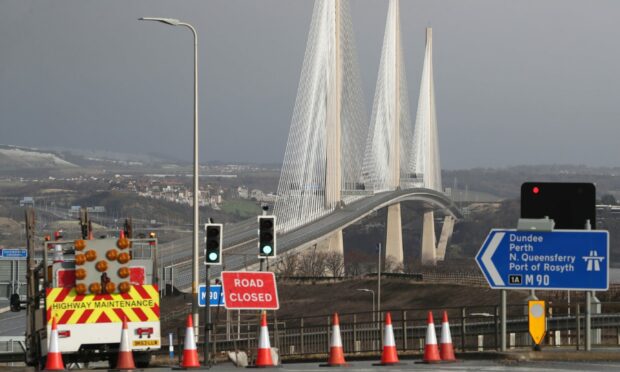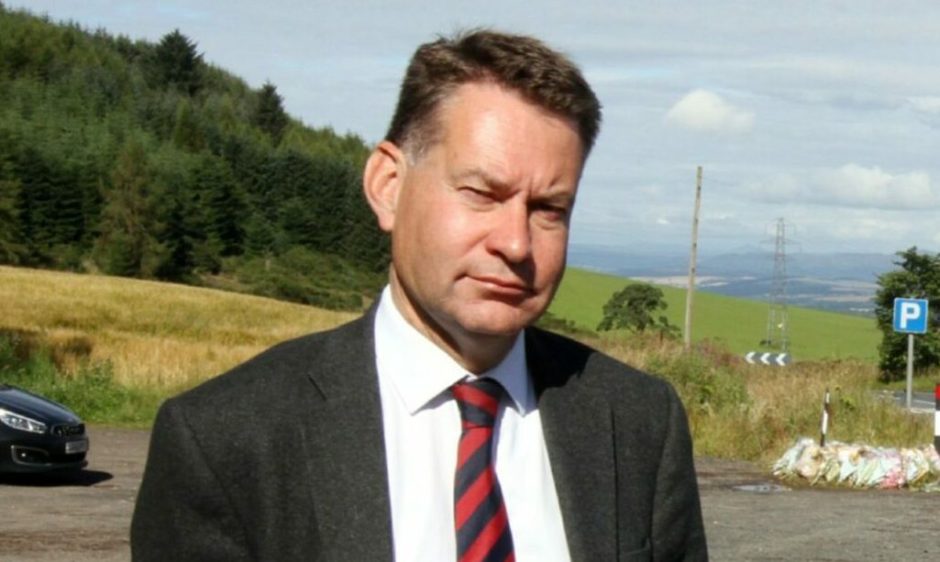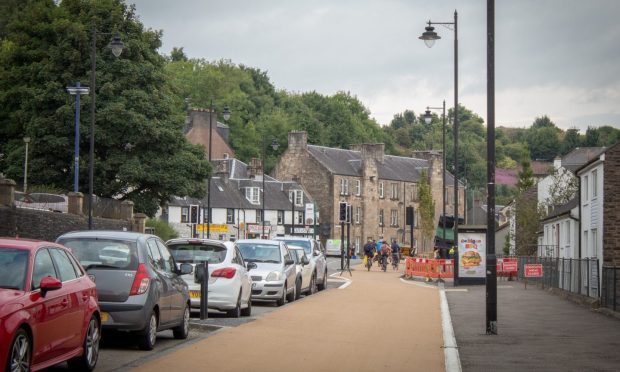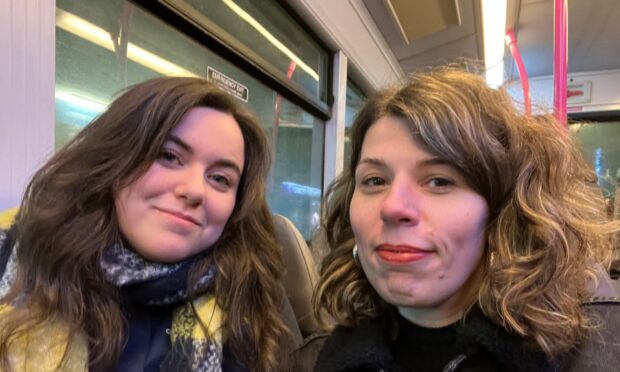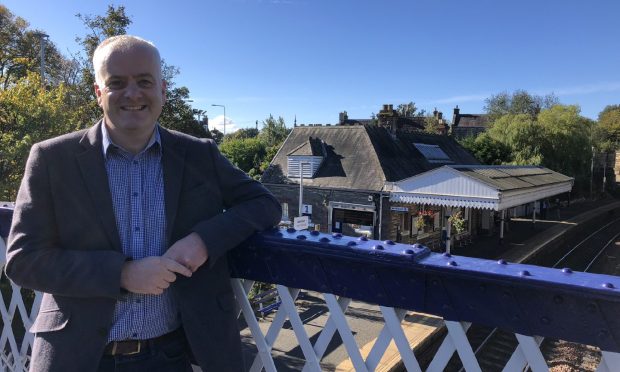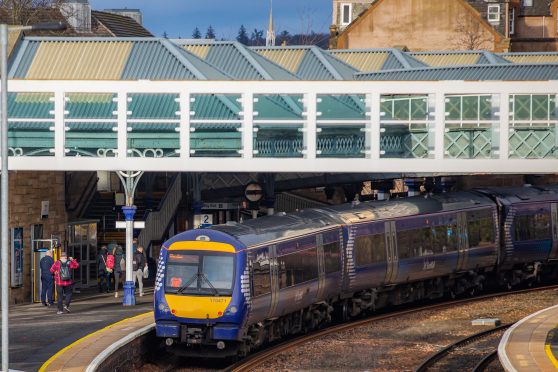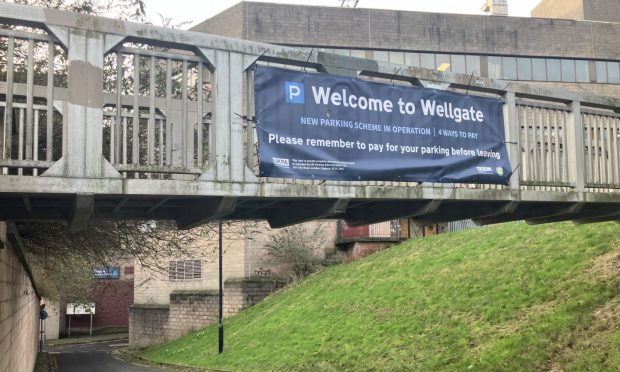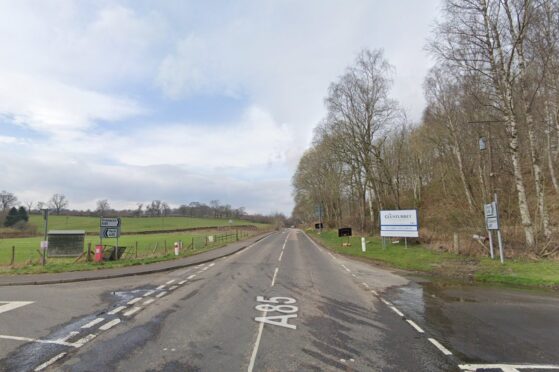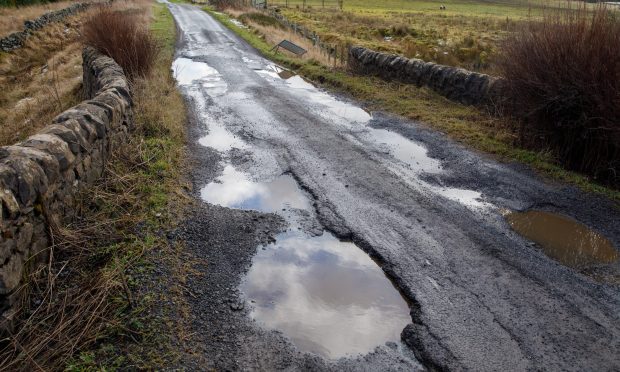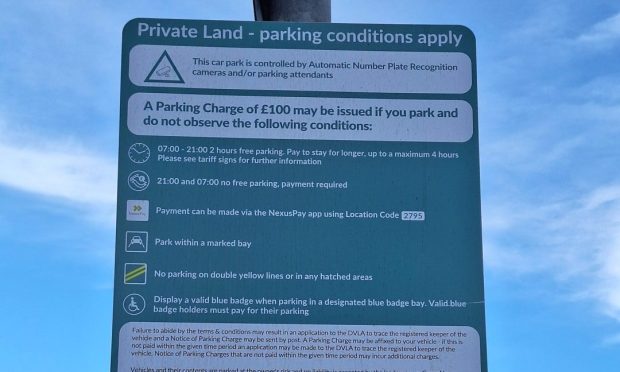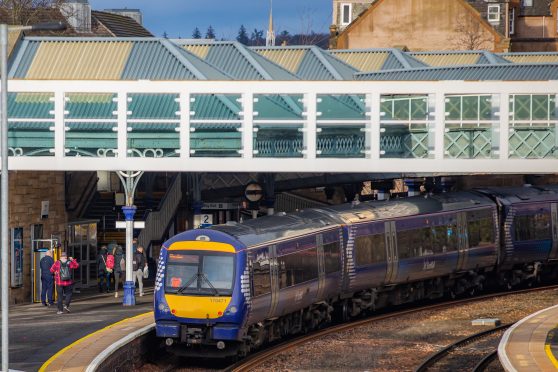Commuters reacted angrily last winter when the Queensferry Crossing closed multiple times due to “ice accretion” on cables.
Ice can form on the crossing when temperatures of around 0C combine with a particular combination of weather conditions.
This includes humidity, wind speeds and wind direction and the “dew point” — when water vapour saturates the air.
This weekend weather forecasters are predicting the first sub zero temperatures of the coming winter.
So what has been done to prevent BEAR Scotland from having to close the £1.3 billion, four-and-a-half-year-old bridge during the colder months to come?
How bridge bosses plan to spot ice build up
Road management firm BEAR Scotland maintains the bridge for Transport Scotland.
Its teams have fitted nine optical and thermal cameras on the bridge, three on each tower.
They have also installed nine thermal sensors on the shortest cable to detect small changes in surface temperature.
Queensferry Crossing shut again due to ice. Hard to believe that typical Scottish winter weather can continue to cause such problems when we were repeatedly told the billions spent replacing the Forth Road Bridge meant no more weather-related closures. Is it a design fault?
— Duncan Hothersall🌹 (@dhothersall) January 21, 2021
This is in addition to five clusters of weather sensors installed on the bridge in 2020. Bridge builders also installed other thermal sensors during construction.
The cameras and sensors give early warning when the conditions that cause ice accretion to occur.
If forecasters predict the right kind of weather to create ice on the bridge BEAR Scotland teams will respond.
Ice monitoring teams will patrol and inspect the bridge. Staff in the control room will closely monitor live data from the weather sensors and cameras, in consultation with expert meteorologists.
BEAR Scotland plans to close the bridge and divert the traffic if it spots ice formations on towers or cables — or if ice is witnessed falling onto the carriageway.
Are bridge bosses doing anything to prevent ice forming on the cables?
Staff have cleaned the cables on the north tower to find out if it prevents or slows down “ice accretion”. Therefore preventing Queensferry Crossing closure.
They will compare the results with those from “soiled cables on the other towers.”
Forth Bridges ready for winter with major works complete:
✅ Full capacity of Forth Road Bridge now available
✅ Queensferry Crossing cables cleaned in ice mitigation trial
Details:https://t.co/SjYkuB4SFf pic.twitter.com/eWIyTGpGQn
— BEAR SE Trunk Roads (@SETrunkRoads) November 11, 2021
In December, the BEAR Scotland team hopes to learn more about the ice by studying a replica section of the bridge in the Jules Verne Climatic Wind Tunnel in France.
They will do further work on how ice accretes on cleaned and soiled sections of cable.
BEAR Scotland originally scheduled the trial for October before equipment problems prompted a delay.
Has BEAR Scotland done enough to prevent Queensferry Crossing closure?
A spokesperson for the company suggested the trials had not come too late.
They said there is “no existing proven solution for preventing ice accretion”. That means they have had to examine a number of possible solutions.
They said they have assembled “a peer review panel of international experts” to assist with this work and it has taken until now to produce possible solutions for testing.
Conservative MSP Murdo Fraser’s constituents were badly affected by the closures last winter. He said it looked like they would face more frustration this year.
Mr Fraser represents the Mid Scotland and Fife region.
He said: “In the announcement from BEAR Scotland, they have confirmed that if ice accretion occurs again on the cables of the Queensferry Crossing it will have to close.
“With winter not far away and temperatures predicted to plunge this weekend, this announcement will raise concerns with many of my constituents who rely on the Queensferry Crossing to get to and back from work.
He said the Scottish Government “promised a bridge that would not close due to high winds”.
“But instead we got a bridge that has to close almost every time we get freezing weather. It is not good enough.”
